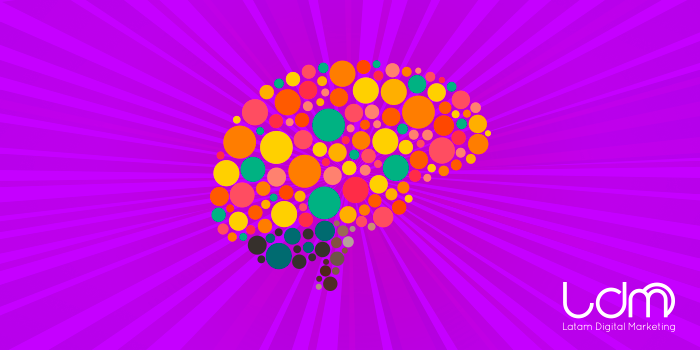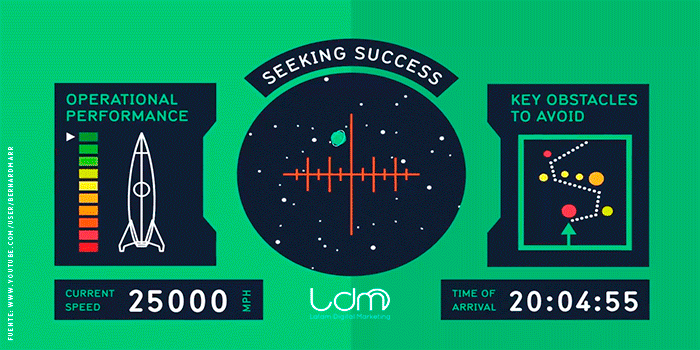It is a fact that color affects the way people behave. This is why understanding what color psychology is and how it works, is vital for its application in marketing and, even more so, in digital marketing. But, before entering to share strategies to improve your design based on the correct use of colors, let’s understand what is the psychology of color.
The psychology of color follows from behavioral psychology and is a science that analyzes the effects of colors on people and their responses to these stimuli. In other words, the psychology of color, studies how colors affect people’s behavior. This, as you might think, is heavily studied by companies when making marketing and branding decisions.
Tips for applying color psychology to digital marketing
- The first thing to consider when deciding on colors is that different emotions emanate from each one. According to how we are constructed biologically and based on our cultural associations, colors are related to emotions in a similar way to this:
Blue – peace, security, integrity, peace, trust, intelligence.
Red – love, passion, energy, heat, power, strength.
Yellow – Happiness, joy, brightness, bliss, intellect
Black – protection, elegance, drama, class
White – innocence, purity, freshness, cleanliness, elegance
Purple – royalty, nobility, spirituality, luxury, ambition
Orange – courage, trust, friendliness, success
Green – freshness, novelty, money, earth
- The second thing to know is that there are contrasting colors and that the contrast is good in terms of visibility. What does this mean? Colors that, in color scale, are in opposite places, tend to have a greater color difference, which makes the elements in this contrast stand out. For example, the call-to-action buttons in blue, will have high visibility and contrast if they are in blue. It is estimated that a person’s hook on an Internet site occurs in the first 90 seconds. If you have contrasting elements, it is much easier for them that, in this short time, you can notice what you want to be noticed.
- Men and women experience color differently, so consider what audience your product or site is aimed at. This is much more complex than just using soft tones or staying in the classic pink and blue. A clear example of this distinction is that, while men hate brown and consider it a cheap color, they have a greater tolerance for shades of gray. On the other hand, women disdain orange and gray, but they like purple, a color that man can’t tolerate.
- Consider in which social network you are going to advertise and color your ads based on that. For example, if you want to stand out in networks like Twitter and Facebook, consider advertising in orange, since both are predominantly blue networks and, being orange the direct opposite of blue, you will generate high contrast and a lot of visibility.
There is so much to learn about the psychology of color, but these practical tips are the first step into a comprehensive strategy that takes into consideration the taste and response of your audience. You can always investigate further and, of course, combine these marketing and branding strategies with other forms of optimization.

